A tourist plaque outside the Chenghuang Temple (都城隍廟) lists it as one of the “Top 100 Religious Scenes in Taiwan.” It is easy to see why when you step inside the Main Hall to be confronted with what amounts to an imperial stamp of approval — a dragon-framed, golden protection board gifted to the temple by the Guangxu Emperor that reads, “Protected by Guardians.”
Some say the plaque was given to the temple after local prayers to the City God (城隍爺) miraculously ended a drought. Another version of events tells of how the emperor’s son was lost at sea and rescued in Hsinchu, where it’s located.
What does seem certain is that the temple has stood here since 1748. Yet this is no museum-piece — it’s a living, incense-breathing, place of worship.
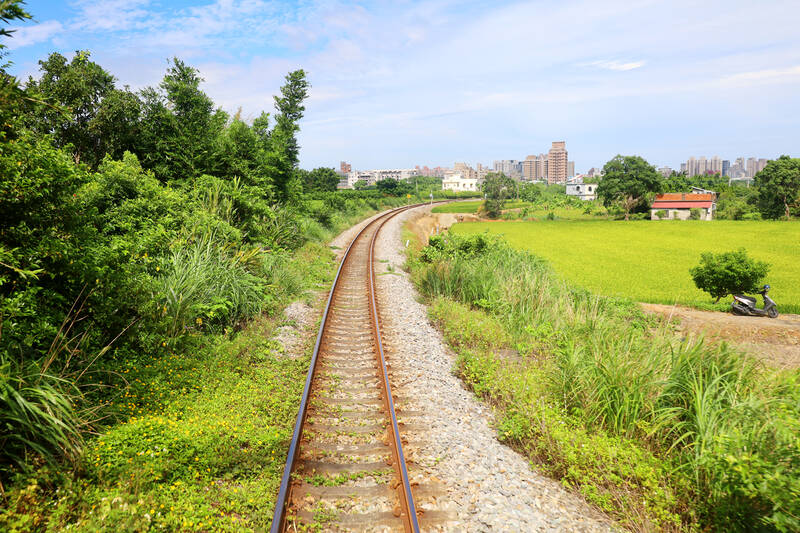
Photo: Thomas Bird, Taipei Times
Before ordering some noodles for dinner, I say a little prayer in the temple’s Main Hall, having been advised by an employee of the Hsinchu Railway Art Village (新竹市鐵道藝術村) — a repurposed trackside warehouse where I’d enjoyed an afternoon beverage — to seek the City God’s favor.
Her advice proves sage. The next morning I awake to azure skies after a week of plum rains, the sunshine bathing Hsinchu in a warm light.
Although the city is known for the manufacture of semiconductor chips, downtown is more historic than high-tech. Beyond the East Gate (東門), traditional medicine shops, antique houses, arcades and ancestral shrines line Beimen Old Street (北門老街) and other lanes that snake through the old quarter.
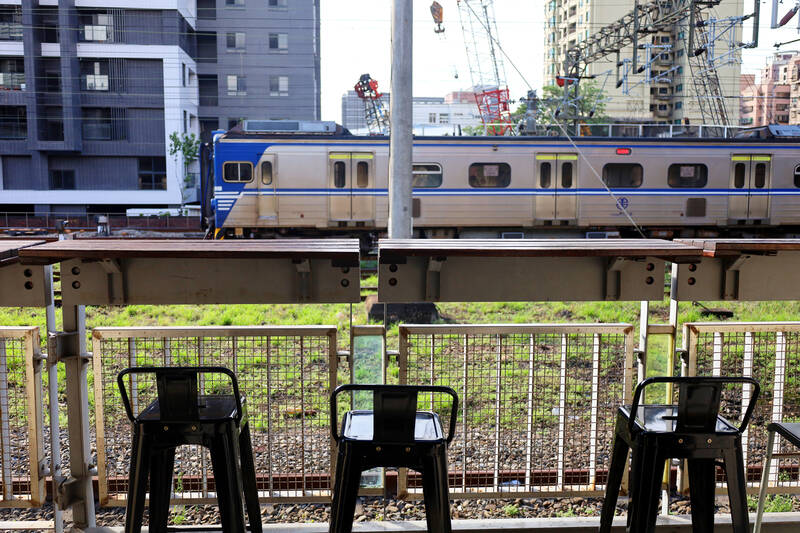
Photo: Thomas Bird, Taipei Times
Notwithstanding various Qing Dynasty heritage sites, the Japanese-era buildings are among Hsinchu’s most photogenic, including the red brick City Hall which is of 1920s vintage and the gray stone Image Museum (影像博物館), which had been Taiwan’s first luxury theater during its 1930s heyday.
Most striking of all the period buildings is Hsinchu Station (新竹車站). Were there a list of “Top 100 Railway Scenes in Taiwan” it would certainly chart in the top 10. Topped by a clocktower and built in the European style, it is the oldest active transport hub in Taiwan.
INLAND BOUND

Photo: Thomas Bird, Taipei Times
The north-bound train rolls out of Hsinchu Station passing a few local stations until it reaches Jhujhong (竹中) where passengers are instructed to cross the platform to board the Neiwan-bound train.
We’re now officially on the Neiwan branch line (內灣線), a 28km long track that dates back to 1941 when the local timber industry warranted an inland railroad.
Between Shangyuan (上員) and Ronghua (榮華) the track is half overgrown and framed by high-rise apartments scattered between neat parcels of rice and meadows of wild flowers.
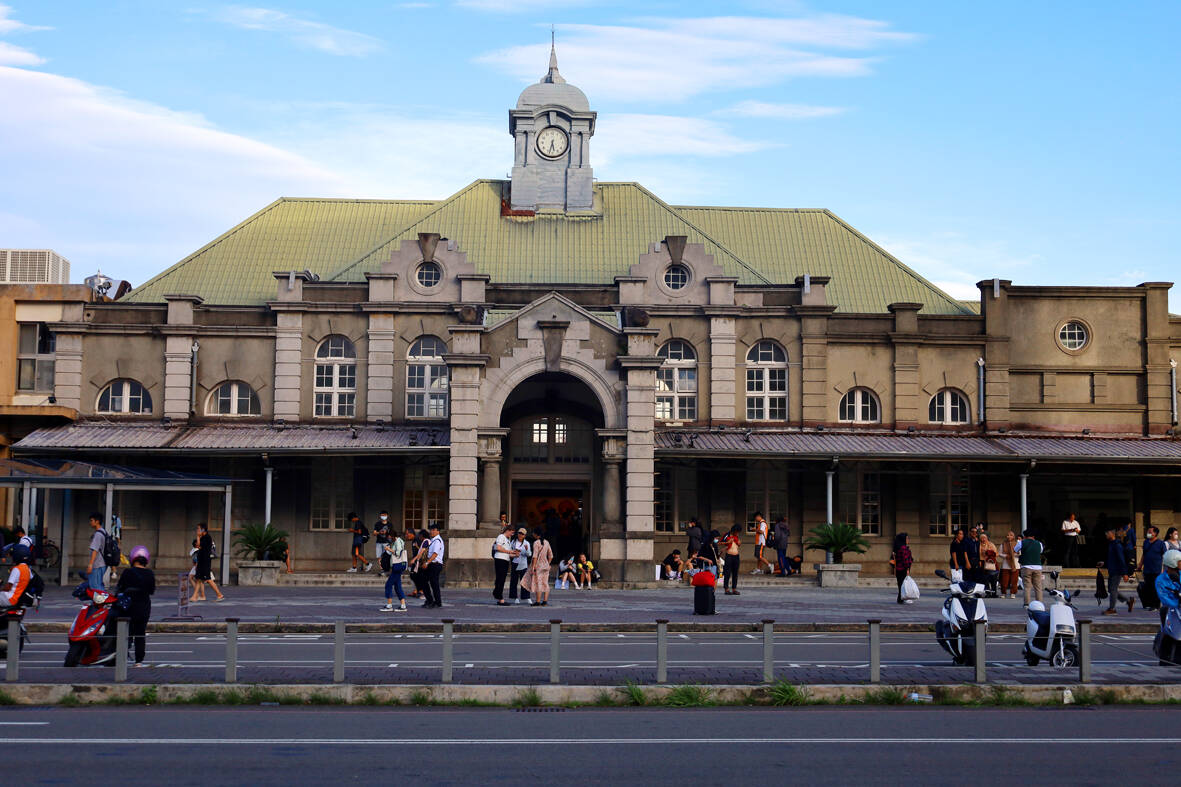
Photo: Thomas Bird, Taipei Times
According to the map I acquired from the Visitor Information Center in Hsinchu Station, there’s only one large settlement on the line, Jhudong (竹東), a township on the left bank of the Touqian River (頭前溪), where I decide to stretch my legs.
It’s not long before I’m lost amidst the hubbub of Jhongyang Central Market (中央市場). Street stalls hemmed between the Opera Park and an old Catholic Church are hawking everything from herbal jellies to exotic fruits. The chatter in the local language, as locals haggle over prices, is a reminder that this upland area is dominated by Hakka folk, who are culturally distinct from the Hoklo-speakers (more commonly known as Taiwanese) of the coast.
Not far from the market, there’s an innocuous, lime-colored house, framed by bamboo groves and fronted by palm trees, namely, the Timber Industry Exhibition Hall (竹東林業展示館), which is free to enter.

Photo: Thomas Bird, Taipei Times
“The timber industry had once been one of the industries that brought prosperity to Jhudong Township,” I read inside, before learning how a Japanese timber trader named Hirato Hoshino founded a mill and pine wood export company in 1940.
The following year construction of the branch railway began to transport cement inland and timber to the coast. It was eventually completed in 1951 due to interruption of World War II. This was the genesis of an industry that would, by the 1960s, boast 36 timber trade companies and eight bamboo trade companies, all of them based in Jhudong. The businesses prospered until the 1980s when “the government announced logging restrictions” and in 1993 the last mill closed down.
Nowadays, thankfully, conservation is the order of the day, evident in the abundant green vegetation that fringes the tracks.
We roll on, tracing the Touqian River up-stream into altogether wilder terrain until we get to Hesing Station (和興) where the wooden stationhouse is a popular selfie spot.
Hesing has a story to tell, according to the friendly Visitor Information Center employee Luby Lin (林佩如).
“This station is all about romance,” she explains. “Young couples come here to have their photos taken because of a popular love story”
When I ask her for more details, she tells me the tale of a local boy surnamed Tseng (曾).
“Mr. Tseng caught the train every day and sat beside his high school sweetheart. But on the last day of school, he overslept and missed the train. He’d long dreamt of graduating in the company of the girl he loved, so he ran after the train, finally catching up with it at Jioucantou Station (九讚頭). The story ended happily, he passed his final exam and won the girl’s heart.”
The man later founded a school, she tells me, becoming a respected member of the local community.
END OF THE LINE
I too almost miss the train, although not for romantic reasons. It arrives as I’m slurping a drink inside a disused passenger car that has been refashioned as a cafe.
A quick dash and some spilled coffee gets me back on track.
Alighting 10 minutes later at the terminus station, Neiwan (內灣), I find myself in a tourist town par excellence.
There’s a cabaret group performing a classic Teresa Teng (鄧麗君) number in the station forecourt. The main throughfare, Neiwan Old Street (內灣老街), is packed with sightseers sampling Hakka delicacies like wild ginger flower glutinous rice dumplings and peony brown sugar cakes. And everyone seems to be here for a group photo before one of the picturesque buildings that dot the logging town turned “scenic area.”
“While the Neiwan Branch Line’s cargo was once timber, it is now sightseers,” I jot in my diary before wandering over to the Guangji Temple (廣濟宮), the religious focal point of town.
Following some lantern-lined steps, I find my way to some faded narrow-gauge tracks outside the old Forest Bureau Building.
There’s another railway heritage site situated just past the station, a wheelhouse that would have been used to turn locomotives around in the age of steam.
Beyond the wheelhouse, the road leads to the precipice of a valley, where visitors are awarded with soaring vistas enjoyed to the soundtrack of insect chatter and birdsong.
Wishing to escape the crowds, I cross the suspension bridge that traverses the Youluo River (油羅溪). On the other side, there’s a pavilion, a perfect setting to meditate on the mountain forests that still carpet the surrounding hills that mark the very end of the Neiwan branch line.
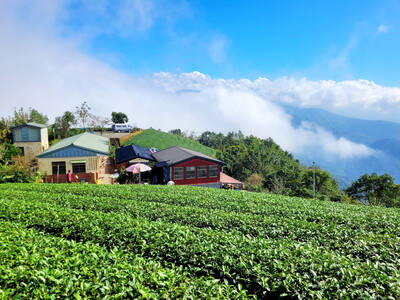
Every now and then, it’s nice to just point somewhere on a map and head out with no plan. In Taiwan, where convenience reigns, food options are plentiful and people are generally friendly and helpful, this type of trip is that much easier to pull off. One day last November, a spur-of-the-moment day hike in the hills of Chiayi County turned into a surprisingly memorable experience that impressed on me once again how fortunate we all are to call this island home. The scenery I walked through that day — a mix of forest and farms reaching up into the clouds

With one week left until election day, the drama is high in the race for the Chinese Nationalist Party (KMT) chair. The race is still potentially wide open between the three frontrunners. The most accurate poll is done by Apollo Survey & Research Co (艾普羅民調公司), which was conducted a week and a half ago with two-thirds of the respondents party members, who are the only ones eligible to vote. For details on the candidates, check the Oct. 4 edition of this column, “A look at the KMT chair candidates” on page 12. The popular frontrunner was 56-year-old Cheng Li-wun (鄭麗文)
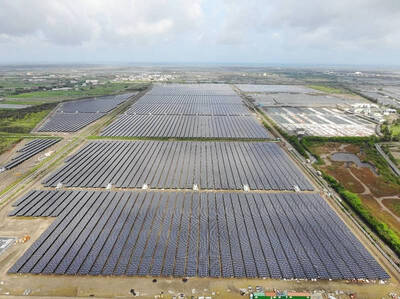
“How China Threatens to Force Taiwan Into a Total Blackout” screamed a Wall Street Journal (WSJ) headline last week, yet another of the endless clickbait examples of the energy threat via blockade that doesn’t exist. Since the headline is recycled, I will recycle the rebuttal: once industrial power demand collapses (there’s a blockade so trade is gone, remember?) “a handful of shops and factories could run for months on coal and renewables, as Ko Yun-ling (柯昀伶) and Chao Chia-wei (趙家緯) pointed out in a piece at Taiwan Insight earlier this year.” Sadly, the existence of these facts will not stop the

Oct. 13 to Oct. 19 When ordered to resign from her teaching position in June 1928 due to her husband’s anti-colonial activities, Lin Shih-hao (林氏好) refused to back down. The next day, she still showed up at Tainan Second Preschool, where she was warned that she would be fired if she didn’t comply. Lin continued to ignore the orders and was eventually let go without severance — even losing her pay for that month. Rather than despairing, she found a non-government job and even joined her husband Lu Ping-ting’s (盧丙丁) non-violent resistance and labor rights movements. When the government’s 1931 crackdown